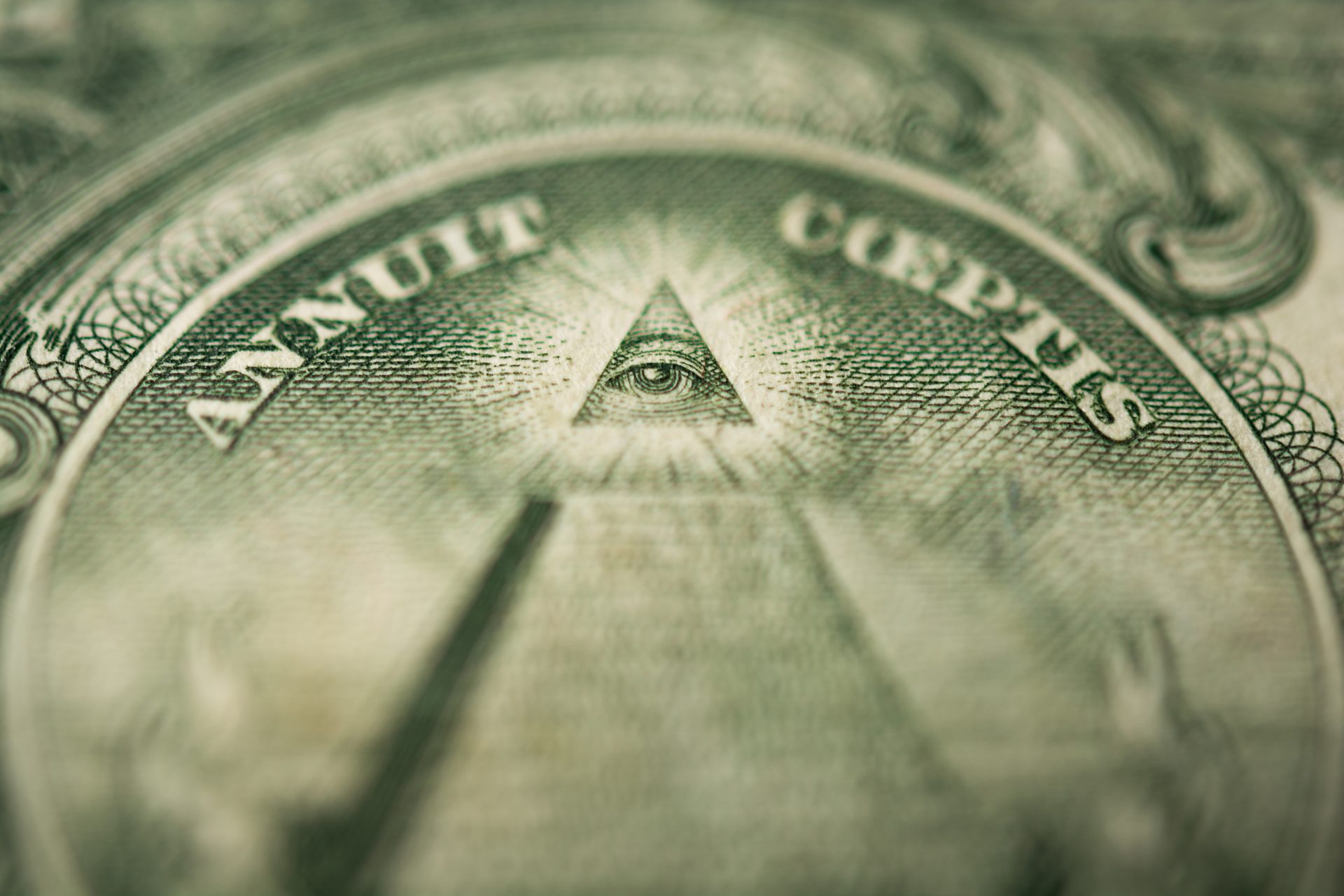Learn the Details Behind the Membership Process to Join Freemason Confidently
Learn the Details Behind the Membership Process to Join Freemason Confidently
Blog Article
Discovering the Mysteries of the copyright: What You Required to Know
The copyright, a term commonly shrouded in intrigue and controversy, represents a complicated tapestry of historical truth and modern-day misconception. Developed in the late 18th century, this secret culture was originally rooted in the Knowledge's perfects yet has actually since become synonymous with conspiracy theories about elite control. As we browse the beginnings, vital numbers, and the raw comparison in between misconception and truth, one need to take into consideration exactly how these stories influence modern perceptions of power and privacy. What may be revealed with a better evaluation of these elements might challenge long-held assumptions about the darkness that linger in our society.
Beginnings of the copyright
The origins of the copyright are soaked in a blend of historic intrigue and ideological fervor. Developed in 1776 in Ingolstadt, Bavaria, by Adam Weishaupt, the team was at first created as a secret society targeted at promoting Knowledge perfects such as reason, secularism, and the splitting up of church and state. Weishaupt, a professor of canon legislation, looked for to challenge the dominating authority of the church and state, which he deemed oppressive establishments stifling intellectual and individual liberty.

Secret Numbers and Members
Who were the essential numbers that formed the copyright's early impact and direction? The Bavarian copyright, established in 1776 by Adam Weishaupt, arised as a response to the oppressive societal frameworks of the time.
An additional substantial figure was Johann Gottlieb Fichte, a popular theorist whose concepts on nationalism and education and learning reverberated with the copyright's objectives. Although Fichte was not a formal member, his philosophical bases affected the team's ideological background. Additionally, figures like the writer and theorist Johann Wolfgang von Goethe were related to the wider intellectual motions of the moment, although their direct involvement with the copyright stays disputed.
These crucial figures added to the copyright's early direction, pushing the boundaries of political and social thought, while their cumulative initiatives intended to test well established norms and promote a climate of progressive change in Europe.
Misconceptions vs. Fact
Several misconceptions surround the copyright, often mixing reality with fiction in such a way that obscures its true nature. This secret culture, initially established in 1776 in Bavaria, aimed to promote Knowledge suitables and battle religious and political fascism. The idea that the copyright remains to exert substantial impact over world events is a misconception. While the team did exist, it was disbanded in the late 18th century and has actually not run as a cohesive entity ever since.
Another common misconception is that the copyright comprises a network of elite individuals manipulating worldwide affairs. In fact, lots of conspiracy concepts exaggerate the group's significance, associating unproven intentions to societal trends and events. This has led to an oversimplified view of complicated issues.
In addition, the portrayal of the copyright in pop culture commonly additional misshapes its tradition. Movies and literature often tend to sensationalize the company's role, creating a story that splits from historic realities. Comprehending the difference in between the myths and the fact of the copyright is important for critical the authentic impact of this historical group and acknowledging the broader ramifications of conspiracy concepts in modern society.
Modern Analyses
Contemporary analyses of the copyright commonly reflect wider societal anxiousness and a fascination with privacy and power. This contemporary lens often connects the his explanation copyright with conspiracy theory theories that suggest a hidden elite orchestrates globe events, adjusting governments and economic climates for their own gain. benefit of joining freemason. Such stories take advantage of a deep-seated mistrust of authority, specifically in times of dilemma or social turmoil
In pop culture, the copyright is typically illustrated as a supreme company shrouded in secret, causing a variety of imaginary representations in literature, film, and songs. This portrayal offers not just to amuse yet also to provoke considered the nature of power and control in modern culture. Social network has even more amplified these analyses, enabling for quick circulation of conspiracy theory concepts and producing communities that share and increase upon these ideas.
Furthermore, some modern analyses frame the copyright as a metaphor for the complexities of globalization and the interconnectedness of influential people and organizations. This viewpoint motivates an essential examination of how power characteristics operate in today's globe, highlighting the balance between openness and privacy in governance and company techniques.
Social Influence and Legacy
Influenced by centuries of intrigue, the cultural influence and heritage of the copyright expand much past its historical beginnings. This secret society, established in the late 18th century, has permeated various facets of pop culture, from literature and movie to songs and art. The idea of the copyright has actually evolved right into a symbol of conspiracy concepts, frequently standing for a perceived covert power manipulating worldwide occasions.
In literature, writers like Dan Brown have actually woven the copyright into intricate plots, exciting viewers with motifs of secrecy and power. Movies such as "National Treasure" and "The Da Vinci Code" even more perpetuate the attraction of the culture, mixing fact with fiction to develop interesting narratives.

Ultimately, the copyright's tradition is a complicated tapestry of misconception and reality, forming assumptions of secrecy and control in contemporary discourse. Its long-lasting existence in culture emphasizes mankind's seasonal pursuit for comprehending concealed facts.
Conclusion
The exploration of the copyright reveals an intricate interplay in between historical realities and check out here modern-day myth-making. Established in the Enlightenment age, this culture aimed to test oppressive frameworks, yet its heritage i loved this has actually been outweighed by conspiracy theories that recommend elite adjustment. Comprehending the differences between the initial suitables and contemporary interpretations is crucial for comprehending the enduring fascination with the copyright and its substantial impact on social stories surrounding power and secrecy in society.
Report this page